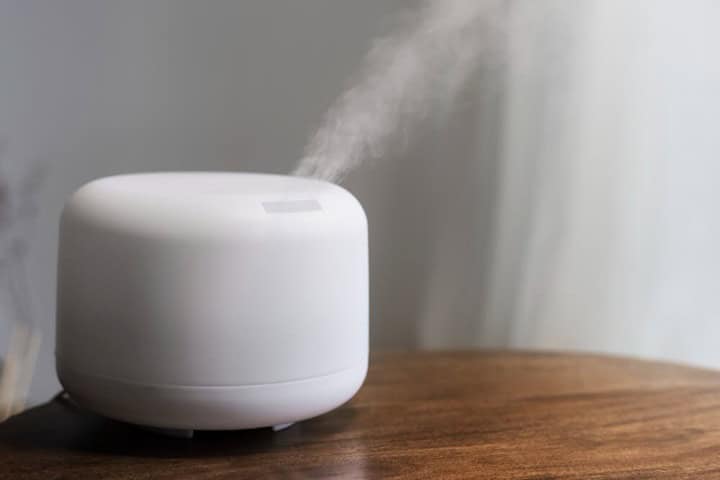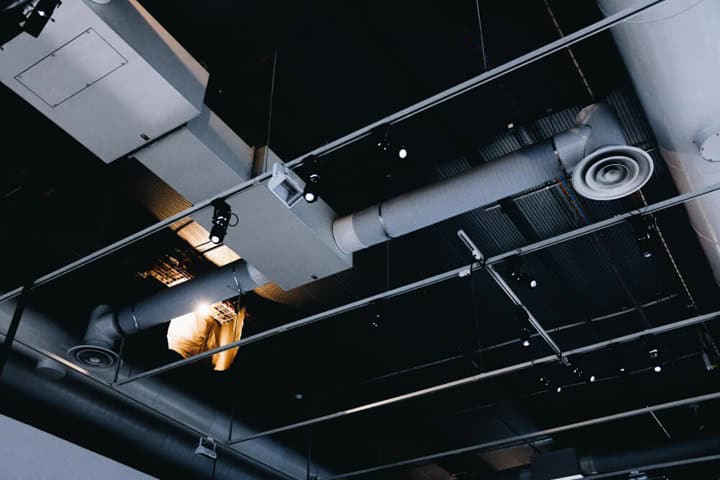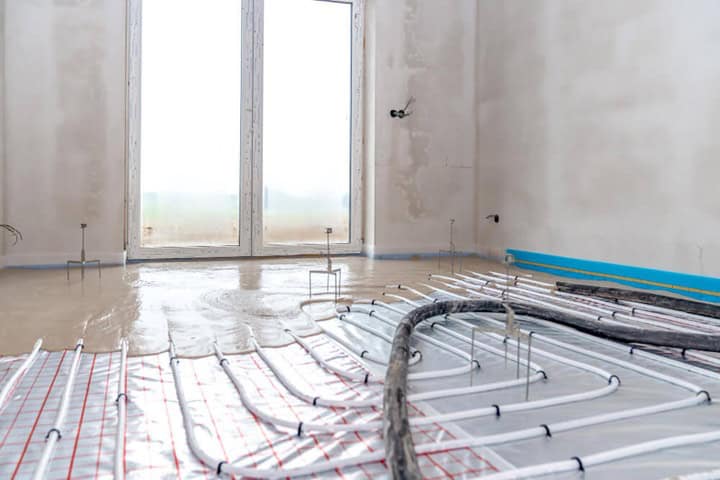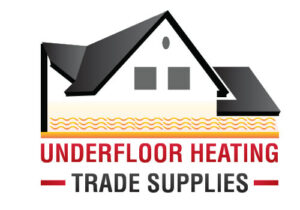Did you know that your central heating could be stirring up more than just warmth? Many people have contemplated that central heating is making them ill…
Whilst central heating offers many benefits for home heating, many misjudge the fact that central heating systems can also potentially make you ill. In this article, we will explore the causes of central heating allergy symptoms which can, if left untreated, lead to illnesses, as well as practical tips for improving indoor air quality and preventing allergy triggers in your home.
Key Points:
- Understand how central heating can aggravate pre-existing health conditions.
- Discover the link between indoor heating and increased household dust and allergens.
- Learn about the symptoms central heating may trigger, from sinusitis to general malaise.
- Gain insights on maintaining your HVAC system to improve indoor air quality.
- Implement effective strategies such as air purification and regular maintenance to combat allergens.
1. Aggravates Pre-Existing Health Conditions

Those with allergies or asthma might find that turning on a poorly maintained central heating system can intensify their symptoms. This is due to allergens like dust mites and mould spores circulating through the air, exacerbated by dirty heating ducts.
Such exposure can trigger more frequent and severe asthma attacks. Keeping air ducts clean is crucial not just for air quality but also for the health of those with respiratory conditions, highlighting how central heating can make you ill. This is why it is more preferable to use underfloor heating kits since it will reduce heat dust, asthma, dust mites, and other relevant allergies.
2. Indoor Spaces are Noticeably Dirtier
Have you noticed more dust on your furniture or a musty smell since turning on the heating? This could be a sign that your central heating is contributing to a dirtier indoor environment. Dirty air filters and ducts circulate dust and mold spores throughout your home, which not only affects cleanliness despite your best efforts, but can also aggravate allergy to central heating. Regularly changing filters and cleaning ducts can help combat this issue, ensuring a cleaner, healthier air supply.
3. Causes Symptoms of Allergies and Colds
It’s not uncommon for even those without pre-existing allergies to experience symptoms such as coughing, sneezing, and dizziness when exposed to allergens from a central heating system. These symptoms can mirror those of colds and other respiratory infections, raising concerns about indoor air quality and its effects on health. This phenomenon illustrates how central heating can exacerbate, or even trigger, respiratory issues in a wide range of individuals.
4. Triggers Sinusitis
Frequent use of central heating can push dust and other irritants into the air, which then find their way into nasal passages and sinuses, leading to inflammation and potential sinus infections.
The constant circulation of these contaminants can severely impact those with sensitive respiratory systems, making sinusitis a common complaint during colder months.
Regular cleaning and maintenance of heating systems can prevent these painful and often debilitating sinus issues.
5. Use a Humidifier

Incorporating a humidifier into your home can significantly ease discomfort from dry eyes, stuffy noses, and itchy skin, common complaints when central heating systems are in use.
Maintaining indoor humidity levels between 30% and 50% helps in creating a more comfortable and allergen-free environment. For those looking for a more thorough solution, whole-house humidification systems may be considered to ensure consistent humidity, thus decreasing the chances of experiencing central heating allergy symptoms.
6. Regularly Change Air Filters
Another simple yet effective step in preventing allergy to central heating is to regularly replace the air filters in your HVAC system. It is recommended to change filters every one to three months depending on usage. This helps reduce the circulation of dust, pet dander, and other allergens in your home, and it’s a proactive measure against the question, “Can central heating make you ill?”
7. Clean Ducts and Vents
To minimise dust, mould, and allergens gathering, it’s crucial to regularly clean your heating system’s ducts and vents. This not only improves the air quality but also makes your home heating system more efficient, potentially reducing the need for costly repairs or replacements due to unaddressed buildup.
8. Invest in Air Purification
Investing in an air purification system can significantly improve the air quality within your home by continuously filtering out pollutants. Such systems are beneficial for homes in colder climates where windows are often closed, and central heating systems can circulate airborne irritants that can cause you to cough or worsen respiratory conditions.
9. Maintain Your HVAC System

Scheduling annual professional inspections and maintenance for your HVAC system ensures it operates efficiently and healthily. Proper installation and regular checks can prevent numerous issues related to air quality and system performance, keeping your home safe from allergens and irritants commonly associated with heating systems.
How To Reduce Dust Mites In Your Home
There are several steps you can take right now to reduce dust mite presence in your home, including:
- Always choose wooden, linoleum, or vinyl flooring instead of carpeting. Not only is it easier to clean but you also won’t have to worry about dust being trapped and kicked up from your carpet every time someone walks over it and when your children and pets are running about.
- Instead of relying on traditional radiator-based heaters, use underfloor heating. By installing a quality underfloor heating system, you can reduce dust mites by up to 80%, as dust is no longer circulating around your house like it does when radiators are used to heat it up.
- Keep pets out of bedrooms. While pets bring us joy, it’s important to keep them out of bedrooms or places where you relax, nap, or sleep frequently. Alternatively, keep them outside, but make sure that they have adequate security and shelter to keep them nice, safe, and warm. Other than that, letting them in from time to time should be okay, as long as you keep them away from carpets, beds, sofas, etc. all of which are places where pet fur can accumulate and cause the flare-up of asthma symptoms.
- Mite-proof bedding – Something as simple as employing ‘mite proof’ bedding can significantly reduce the occurrences of asthma attacks and symptoms. Wash them regularly, while doing your best to keep them as clean and dust-free as possible.
Why Are You More Vulnerable To Central Heating Symptoms In The Winter?
During winter, the air becomes colder and less humid, allowing smaller dust particles to remain airborne longer. This phenomenon makes it easier for these particles to bypass filters and enter your respiratory system, leading to increased allergy symptoms and infections.
The dry air of winter also compromises the mucus linings in your respiratory tract, which are crucial in trapping and eliminating pathogens.
Benefits Of UFH Systems To Reduce Health Risks

As mentioned, underfloor heating is probably the best heating system that you can have in your home to reduce the risk of central heating allergy symptoms making you ill. But what other benefits can these systems also bring to your home?
Avoid Slips
It’s happened to all of us: we step out of the shower or bath, either tripping on something or slipping. In some cases, we regain our footing, while in others, it can lead to injury. Floors outfitted with an underfloor heating system dry out much quicker than those without it, thus, reducing the risk of slipping on wet surfaces or where puddles have accumulated.
Reduced Dust Circulation
Traditional heaters work along the principle of convection which means heat will rise and then fall as it loses the hot temperature. This type of heating where hot or warm air is constantly rising and circulating facilitates the movement of dust particles around the room. This can be very problematic if you’re prone to allergies or suffering from symptoms of asthma.
To avoid respiratory problems and dust allergies, including exacerbation of asthma symptoms, install a quality underfloor heating system which can significantly bring down the flow of dust within rooms.
No Accidental Burns
Although somewhat rare, we might accidentally make contact with a very hot radiator which can lead to burns. Underfloor heating poses no such risk. In fact, you’ll now see more nursing homes and residential units outfitted with UFH systems rather than traditional radiators, because of their safety and efficiency.
Prevent Clashes Between Heat and Asthma With UFH
If you’re prone to dust allergies or currently managing symptoms of asthma, it’s very important to understand the relationship between heat and asthma.
While asthma isn’t a life-threatening condition and can be well-managed in people of all ages, we should do our best to not inhale dust or live in an environment where dust mites thrive.
A great underfloor heating system is a lifelong investment. Just make sure yours is installed professionally by a reputable company!
Concerned about temperature? Try these articles with our insightful tips:
- What temperature should central heating thermostat be set at night
- What temperature should underfloor heating be set at
FAQs
Can you be allergic to central heating?
No, you cannot be allergic to central heating itself, but you can be allergic to allergens like dust and mold that might circulate more when the heating is on.
Is central heating making me ill?
Central heating can contribute to illness if it causes indoor air to become dry or circulates allergens like dust and pet dander. Maintaining clean filters and proper humidity levels can help in preventing this.
Why does my central heating make me congested?
Central heating can lead to congestion if it dries out the nasal passages or if it circulates airborne irritants like dust, which can irritate the respiratory tract.
What is the best heating for asthma sufferers?
Underfloor heating is often considered the best for asthma sufferers as it reduces dust circulation compared to traditional radiators.
Is underfloor heating good for your health?
Yes, underfloor heating is generally good for health as it reduces the circulation of dust and allergens, potentially benefiting those with respiratory issues.
Can you get air trapped in underfloor heating?
Yes, it is possible for air to become trapped in underfloor heating systems, which can reduce efficiency and require professional bleeding to resolve.
Sources
NHS. (n.d.) Asthma. [online] Available at: https://www.nhs.uk/conditions/asthma/ [accessed 11/02/2025]
